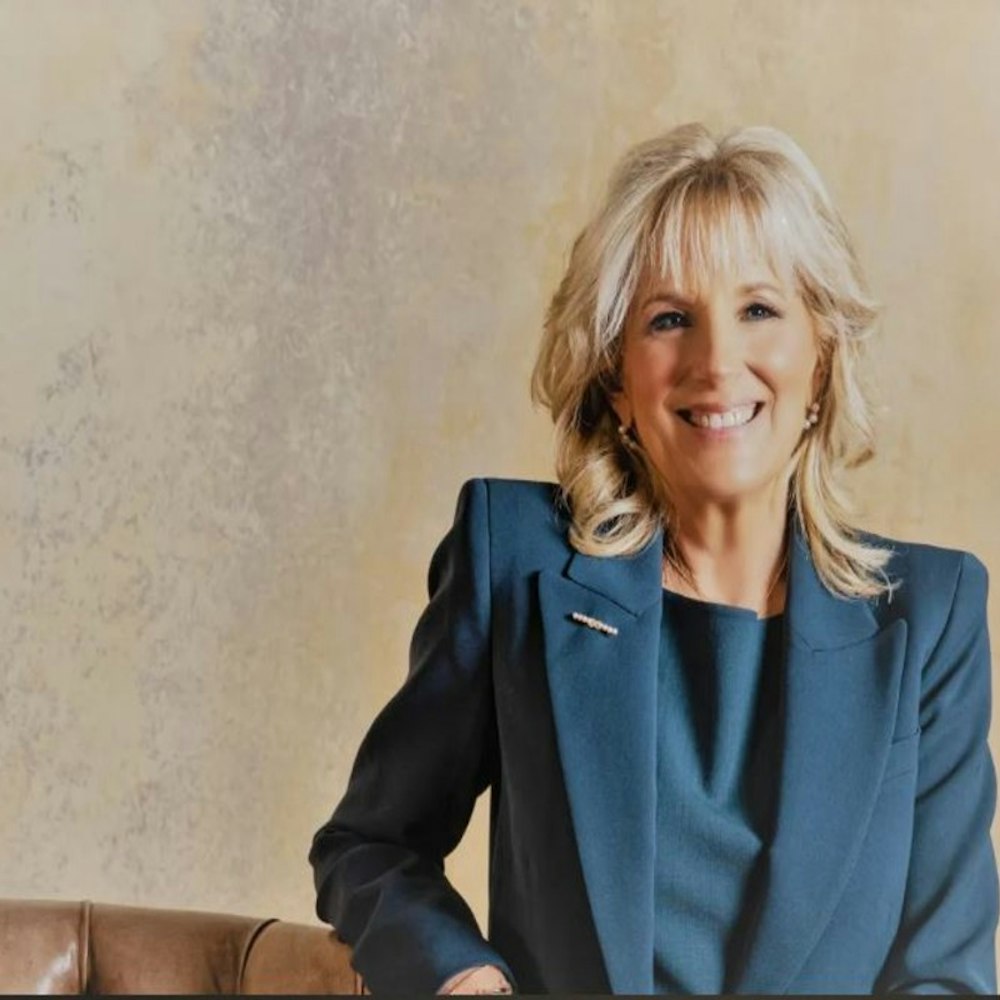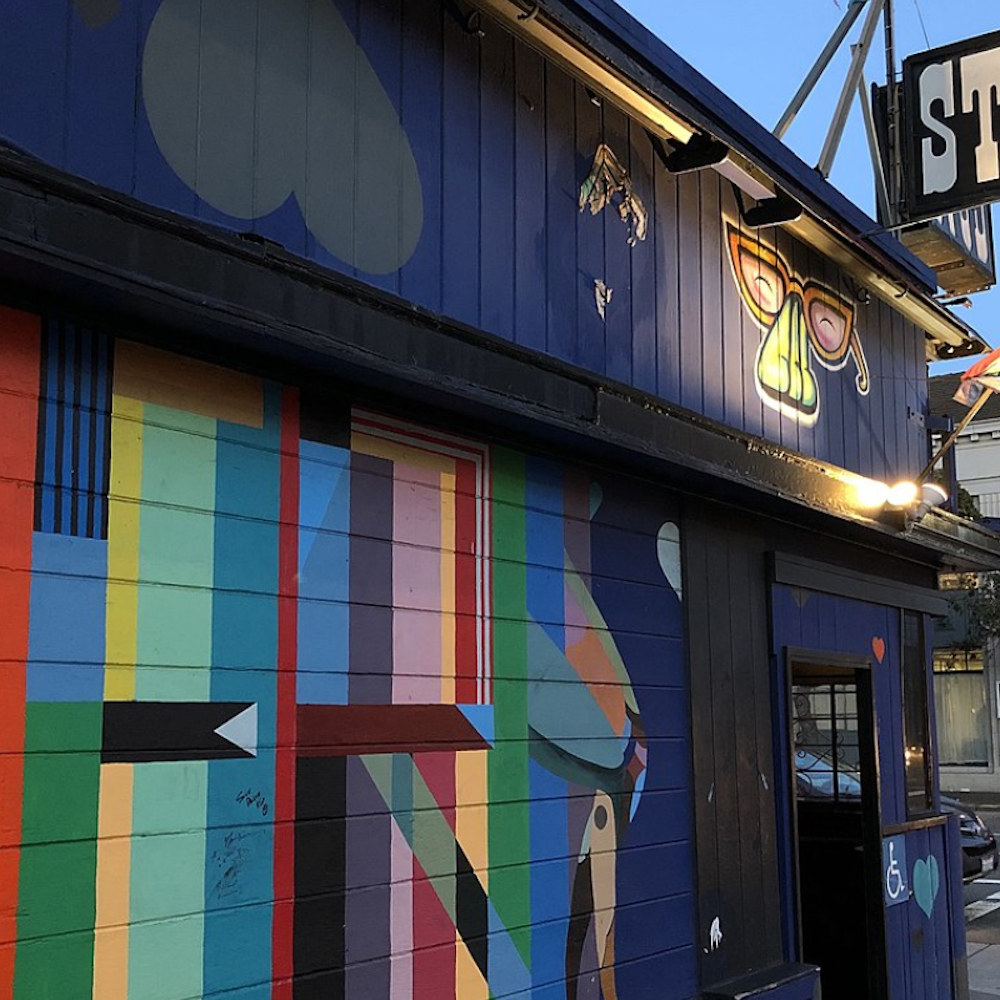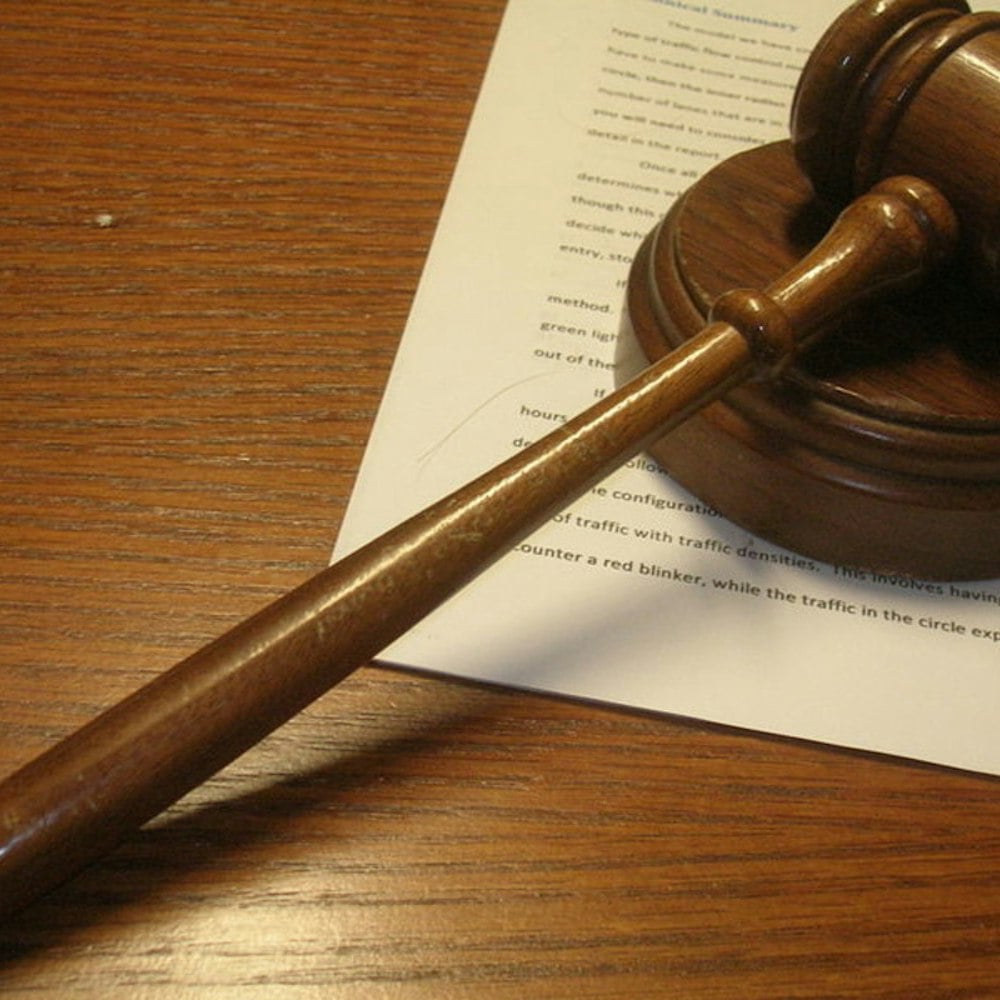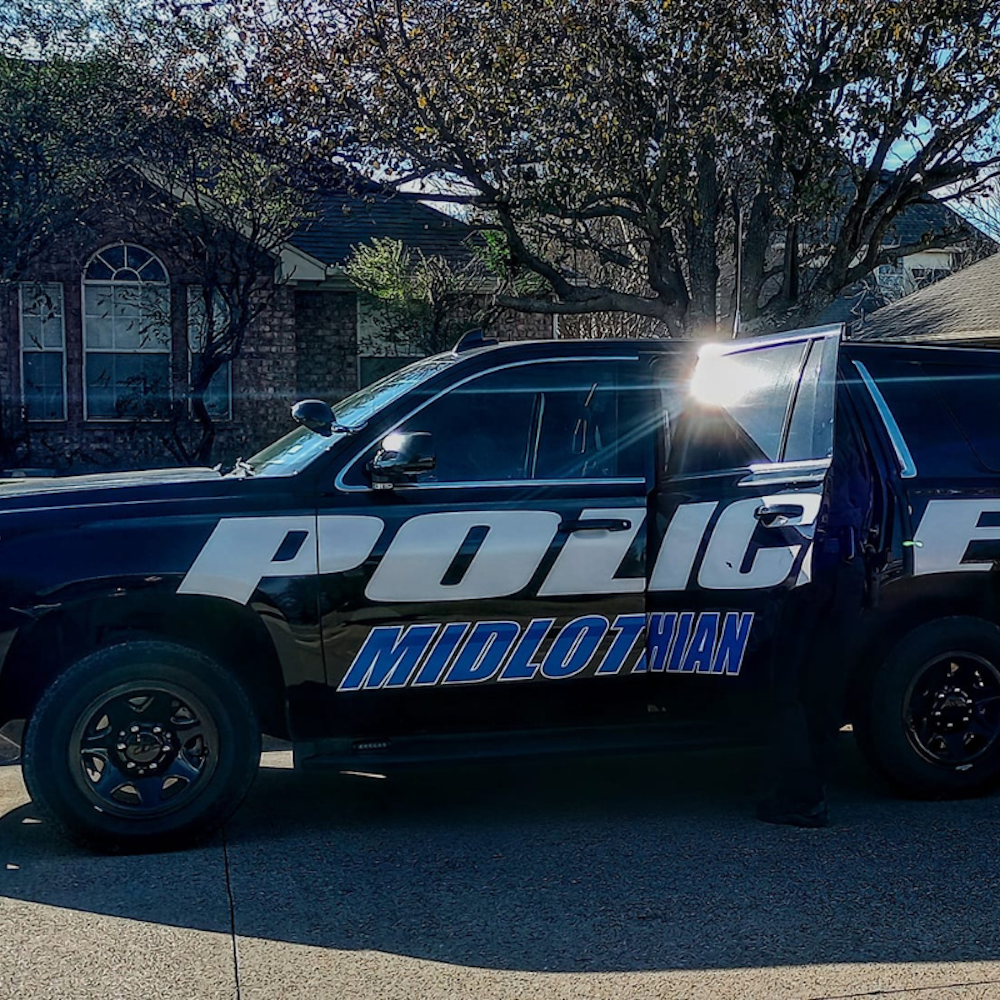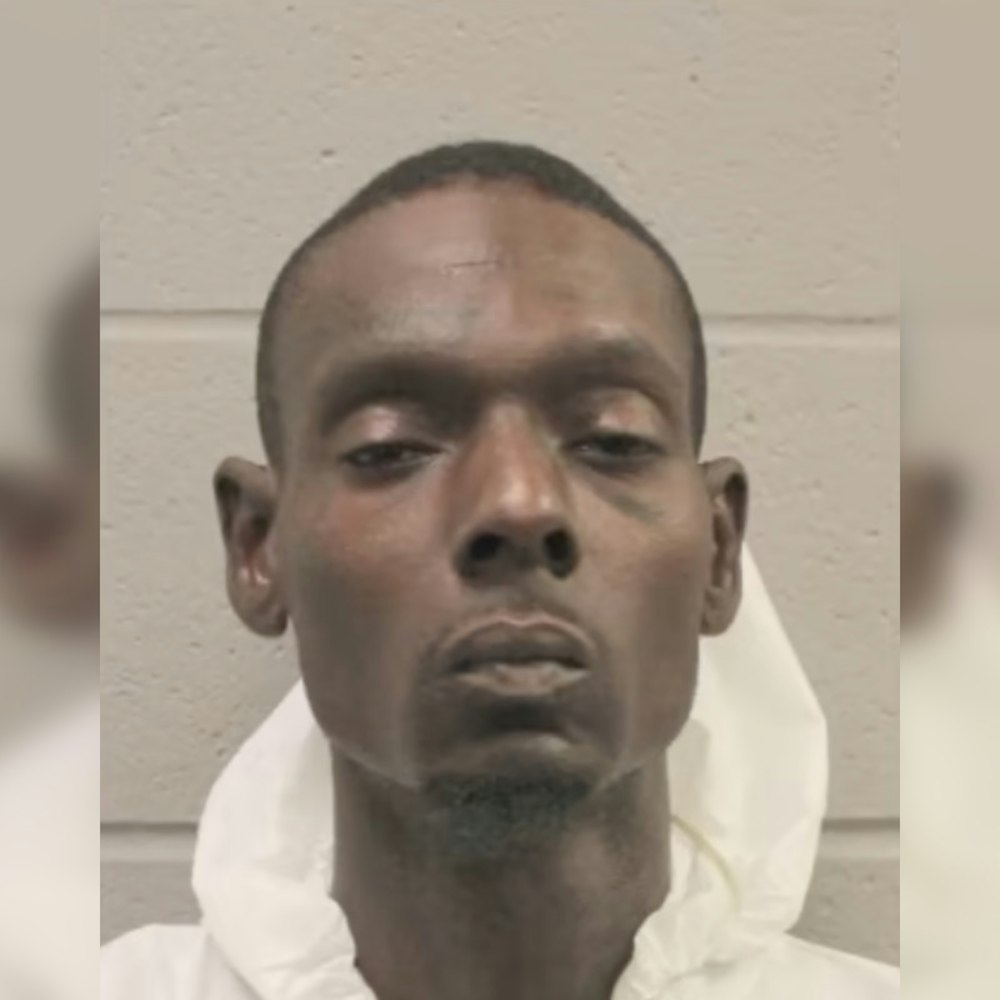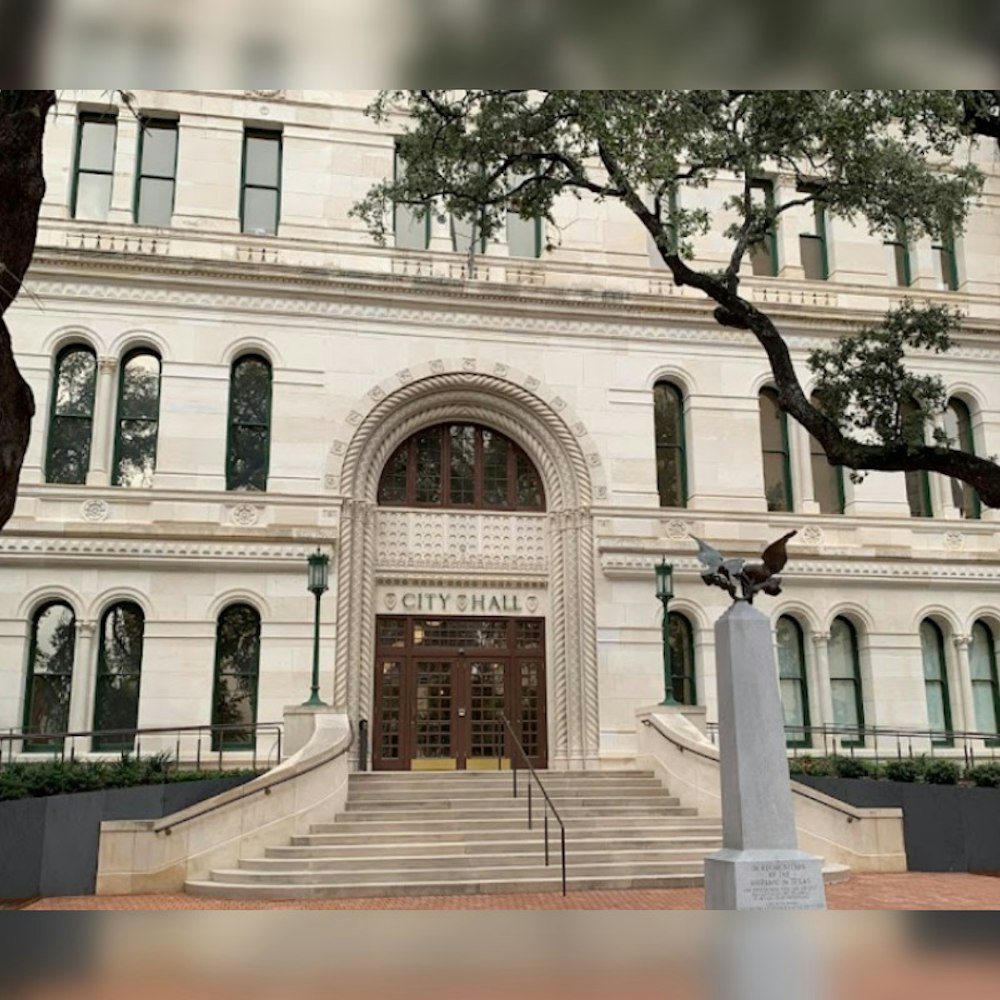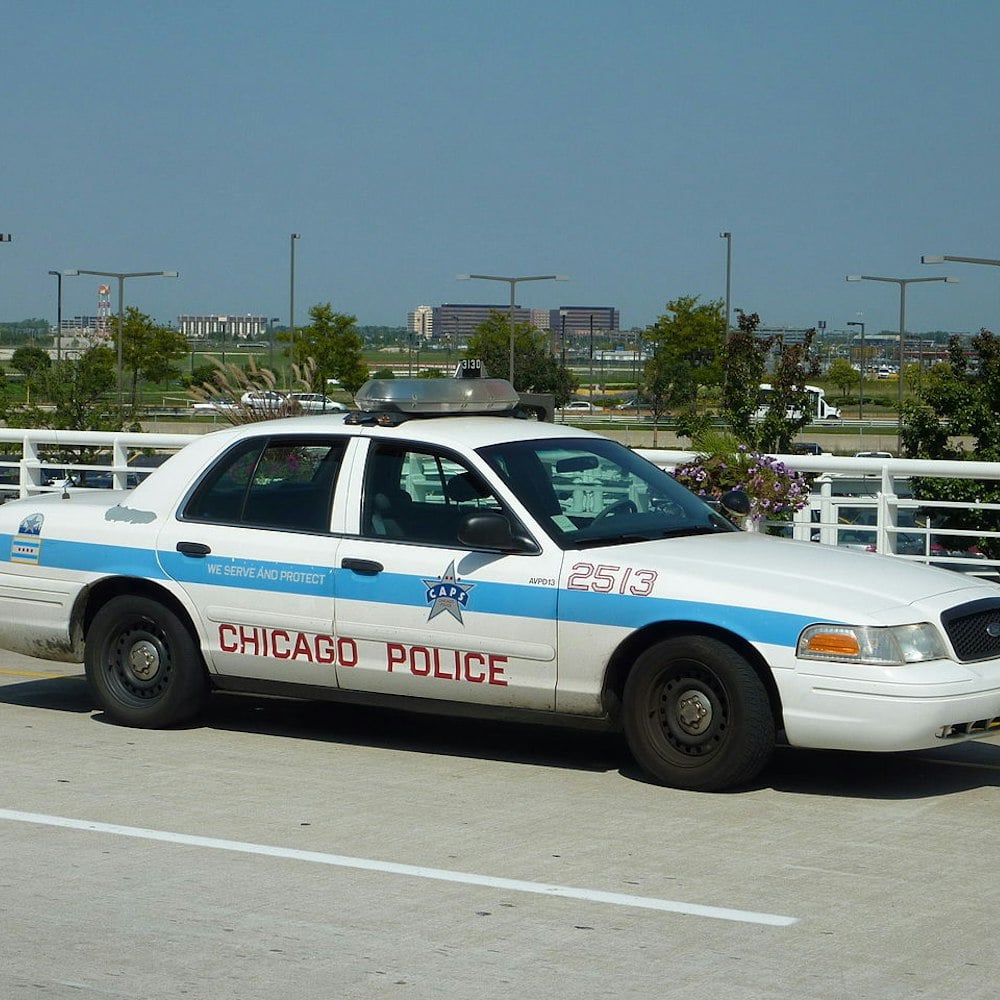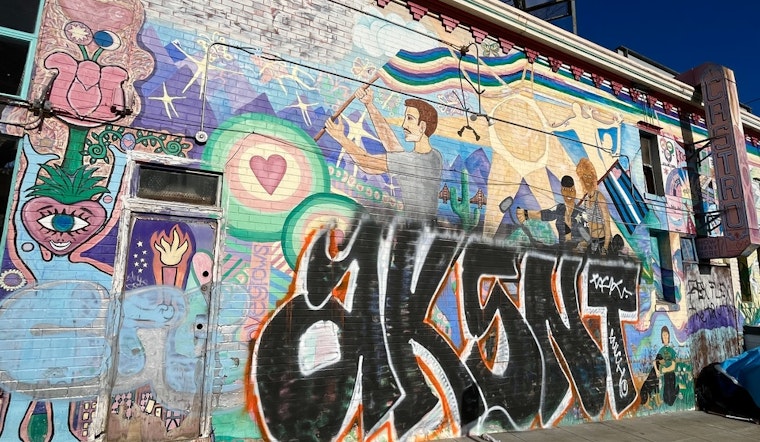
The restoration of the Castro's nearly 25-year-old The Hope For the World Cure mural at 16th and Market streets could be impossible after recently being defaced by graffiti.
Hoodline was alerted to the graffiti by commenter elvometer after reporting the removal of the Harvey Milk Mural at Castro nightclub The Cafe.
Painted in 1998, The Hope For the World Cure commemorates the Castro community’s struggle with the AIDS pandemic.
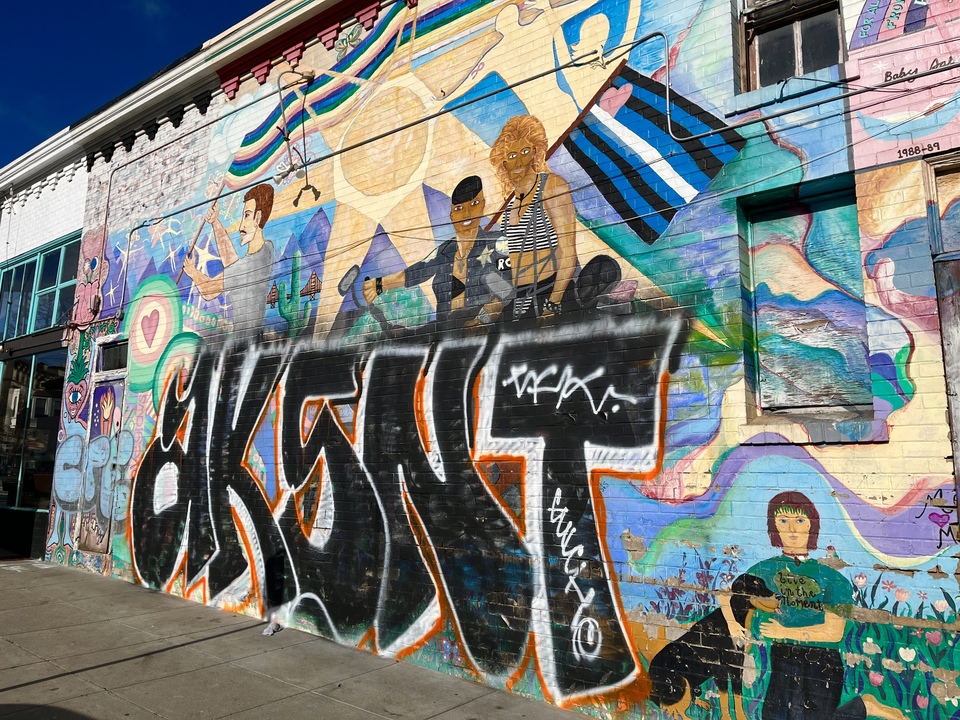
Photo: Steven Bracco/Hoodline
The Hope for the World Cure was painted on the back wall of what was then Bagdad Café and most recently served as Castro Republic. The community mural workshop was a collaboration between Precita Eyes Muralists and Art From The Heart Heals, and was made possible through a grant from the San Francisco Arts Commission.
A large section of the mural depicting Dykes on Bikes and a male figure carrying a Rainbow Flag were tagged. Other portions of the mural have also been tagged with smaller amounts of graffiti. Hoodline reached out to SFPD for comment but did not receive a response.
Hoodline readers will recall the same section of the mural was tagged by a serial vandal in 2017.
"I just happened to see the mural going by yesterday and the huge heartbreaking black graffiti over the end of the mural near the Market St. corner," said Susan Cervantes, founder and executive director of Precita Eyes Muralists and the director of The Hope for a World Cure project.
"To any of the artists who may still be living or families apart of it 24 years ago it still has meaning," said Cervantes. While it's not the only mural about the challenges of living with HIV Cervantes said "it's part of the history of the area and the people that live there."
"It is not surprising since the mural has not been maintained or restored for almost 25 years," added Cervantes. "Occasional small tags and graffiti in the past that were easier to manage but this current violation is huge and would take a lot of time and material to clean and restore."
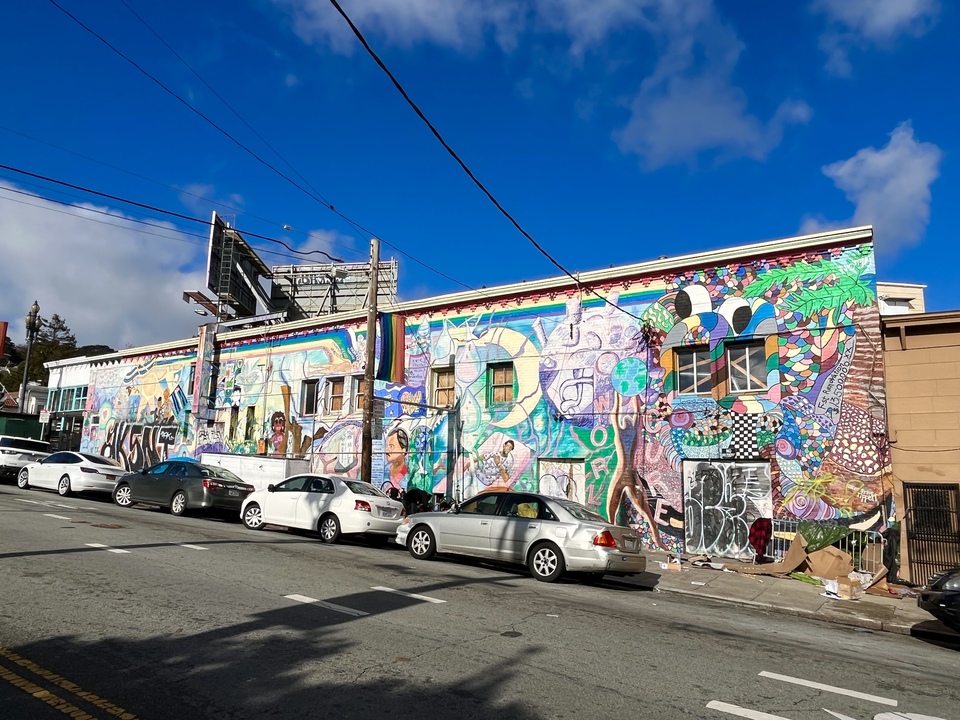
Photo: Steven Bracco/Hoodline
In a 2016 Hoodline interview about the mural, Cervantes said the mural “is important to the community who has been affected by the AIDS epidemic ... It’s important for them to have a voice and to feel that they are being seen and heard about their struggle with that disease — it’s really important to honor and respect that. It’s important to their families and to their friends and to their community."
Cervantes tells Hoodline that restoring the mural has proven difficult. "A few years ago the Castro CBD tried to get city funding to restore the mural," said Cervantes. "But the city funding source denied the proposal and nothing has been done since." Cervantes estimated the cost of restoring the damaged section of the mural at $5,000.
Andrea Aiello, executive director of the Castro/Upper Market Community Benefit District (Castro CBD), confirmed that the group tried to work with Cervantes in January 2018.
"We had city money, and so it had to go through the SF Arts Commission," said Aiello. "The Arts Commission researched the site and found that city money was not used initially to create the mural. So city money could not be used to update the mural."
"Also, they said the wall itself was in such disrepair that a mural could not be painted on the wall without the wall being repaired," added Aiello. "City dollars could not be used to repair private property."
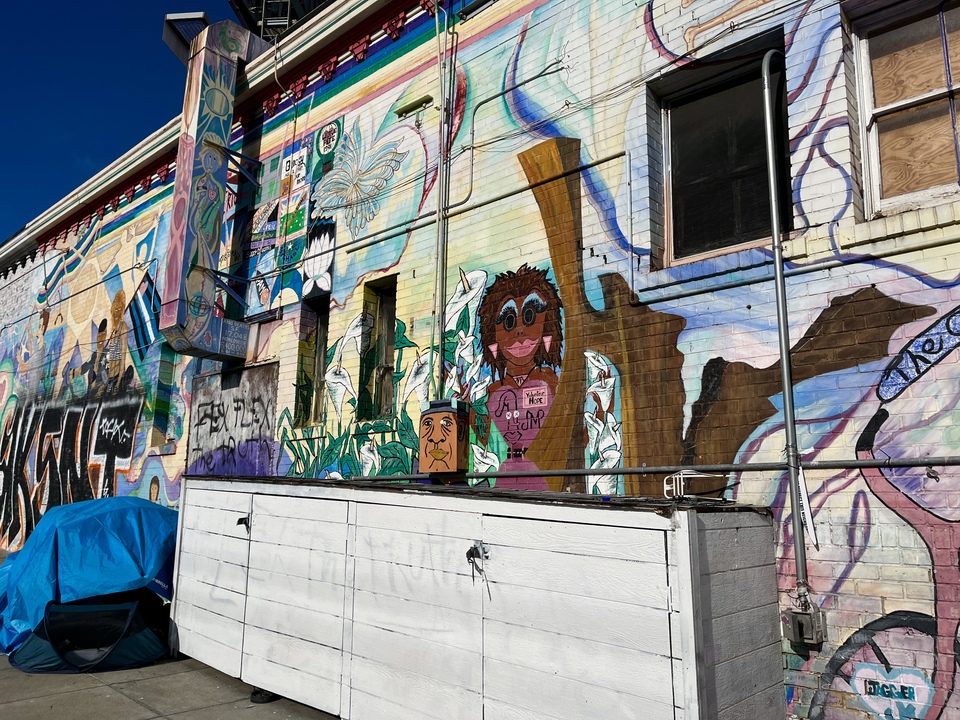
Photo: Steven Bracco/Hoodline
Cervantes says there are also additional problems with restoring the mural. "Other problems exist in front of the mural wall that were not there originally," said Cervantes. "Such as the large trash container built in front of the wall that blocks most of that section and the homeless camping there as well which has not been resolved."
Last summer, city officials cleared the homeless encampment along 16th Street, next to the mural. The area remained mostly clear until recently, when another large encampment developed.
"So it makes it really hard to see the original mural and its unique message about the lives of those who have lived with AIDS and HIV," added Cervantes.
Cervantes says it's important that the mural be restored and potentially even updated and expanded "if there's interest in the community to support that."

The Hope for the World Cure mural being painted in 1998. | Photo courtesy of Precita Eyes Muralists
According to Cervantes, the original owner of the building was passionate about the mural. "The owner was special and did care," said Cervantes. "His son has taken over [managing the property] and doesn't have the same attitude."
Cervantes says she anticipates SF Public Works will cite the building owner and eventually paint the vandalized section with a solid color.
SF Public Works spokesperson Rachel Gordon tells Hoodline they do not restore murals. "Unfortunately, we don't have the expertise," said Gordon.
"We don’t want to harm the mural further through abatement work," added Gordon. "The best course would be for the property owner to work with Precita Eyes Muralists, or another specialized artist, to restore the mural."
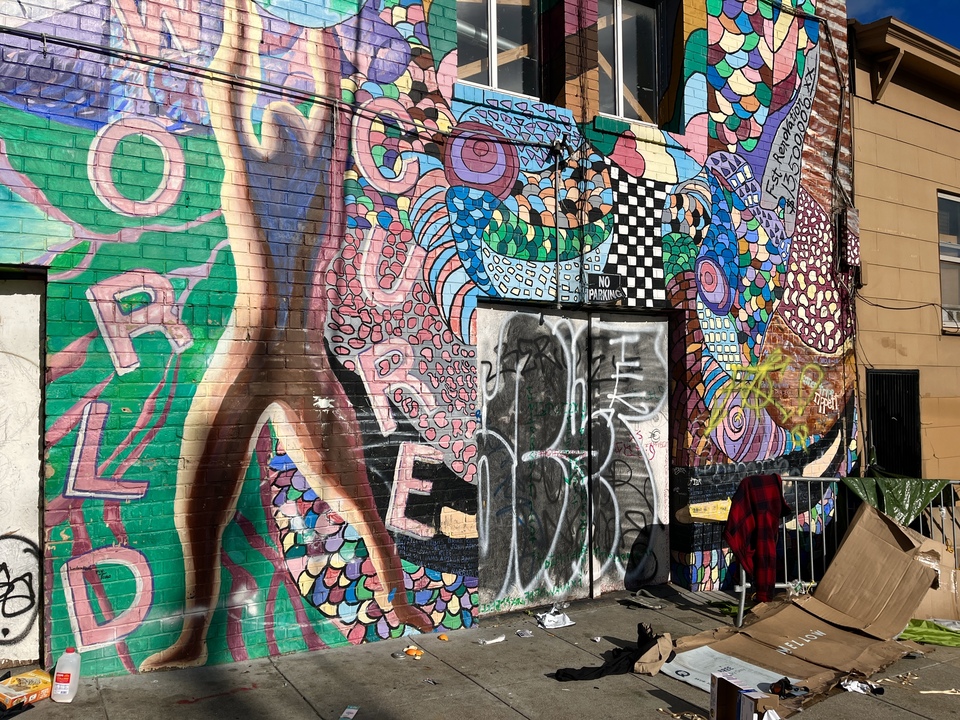
Photo: Steven Bracco/Hoodline
In response to the vandalism, District 8 Supervisor Rafael Mandelman said, "The situation on 16th Street beneath the mural has been intolerable for years and the defacing of the historic mural is one of many awful incidents that have happened on that block."
"There have been dozens of police and public works operations at that location this year alone," said Mandelman. "And I understand that outreach happens to the individuals beneath the mural multiple times each week. While some have accepted services and placements into shelter and housing, the majority have repeatedly declined these offers, which is true of many of the unhoused folks in the neighborhood who have significant mental illnesses and addictions."
Mandelman added, "The situation is plainly unacceptable, and I have contacted the property’s management company and convened City agencies to see what physical changes can be made there, including restoration of the mural, to make this area a safer and more welcoming place."

